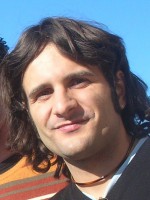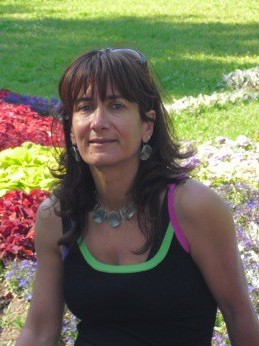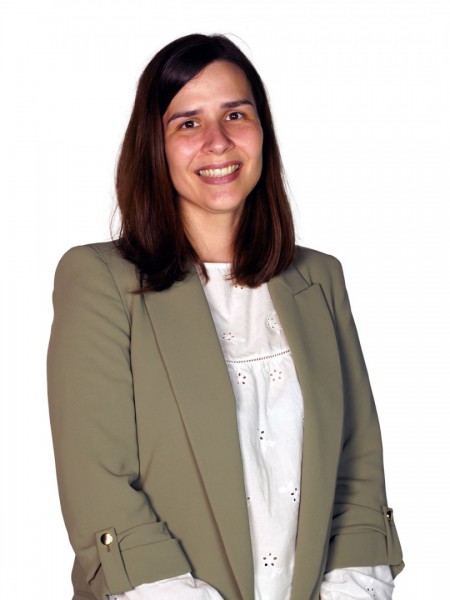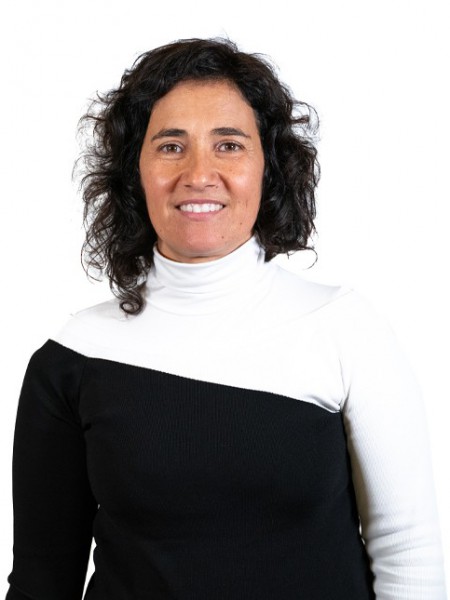resumo
Titanium oxide-based materials with different physical and chemical features were synthesized aiming at removing organic pollutants from both water and air media. The materials were produced employing two different heating methodologies (thermal, T and hydrothermal, H) at distinct temperatures resulting in porous materials. These materials were also modified with either graphene oxide (GO) or carbon nanotubes (CNT), using an in-situ approach. All materials were tested as photocatalysts using ultra-violet (UV), visible (Vis) and solar radiation. Rhodamine B (RhB) and benzene were used as representative pollutants in water and air, respectively. The addition of carbon to the catalysts improved the removal of both pollutants. In the case of the photocatalytic degradation of rhodamine B, under both UV and Vis light, it was found that, the materials containing carbon nanostructures allowed the highest degradation degree, while the photosensitisation phenomenon became negligible. The best catalyst is the one containing CNT (2.98 wt% of C) and thermally treated at 300 degrees C (T300_CNT). This material showed higher degradation ability than the commercial TiO2 nanopowder Degussa P25 (P25) under Vis light. Regarding benzene removal, the samples thermally treated at 300 degrees C and modified with CNT and GO (T300_CNT and T300_GO, respectively) outperformed Degussa P25. The former material was successfully reused in the photocatalytic degradation of benzene over 6 consecutive cycles.
palavras-chave
VOLATILE ORGANIC-COMPOUNDS; INTERFACIAL CHARGE-TRANSFER; GRAPHENE OXIDE; RAMAN-SPECTROSCOPY; THERMAL-DECOMPOSITION; CATALYTIC COMBUSTION; AQUEOUS-SOLUTION; FACILE SYNTHESIS; WASTE-WATER; TIO2
categoria
Engineering
autores
Silva, MRF; Lourenco, MAO; Tobaldi, DM; da Silva, CF; Seabra, MP; Ferreira, P
nossos autores
Grupos
G1 - Materiais Porosos e Nanossistemas
G2 - Materiais Fotónicos, Eletrónicos e Magnéticos
G4 - Materiais Renováveis e Economia Circular
agradecimentos
This work was developed within the scope of the project CICECO-Aveiro Institute of Materials, UIDB/50011/2020 & UIDP/50011/2020 and in the scope of the Smart Green Homes Project POCI-01-0247-FEDER-007678, financed by national funds through the FCT/MEC and when appropriate co-financed by FEDER under the PT2020 Partnership Agreement. PF is thankful to FCT for the Investigator FCT. David Maria Tobaldi is grateful to Portuguese national funds (OE), through FCT, I.P., in the scope of the framework contract foreseen in the numbers 4, 5 and 6 of the article 23, of the Decree-Law 57/2016, of August 29, changed by Law 57/2017, of July 19. This research was partially supported by COST action 15107, Grant No. 101016-080937.






